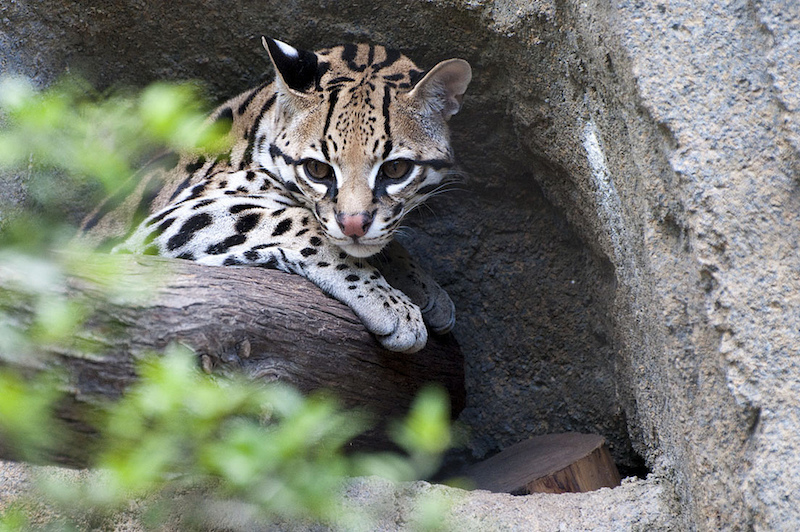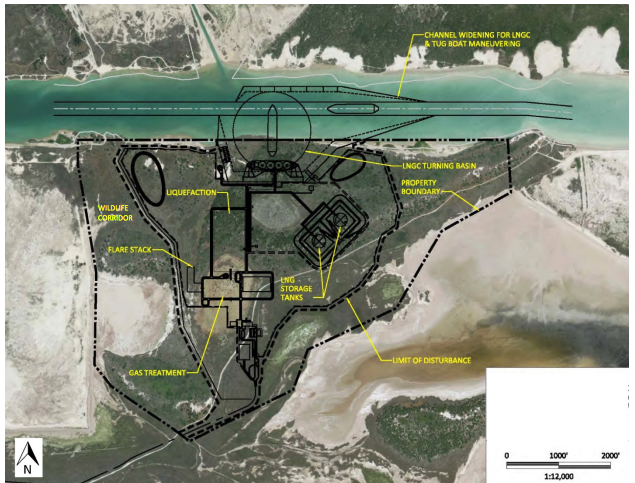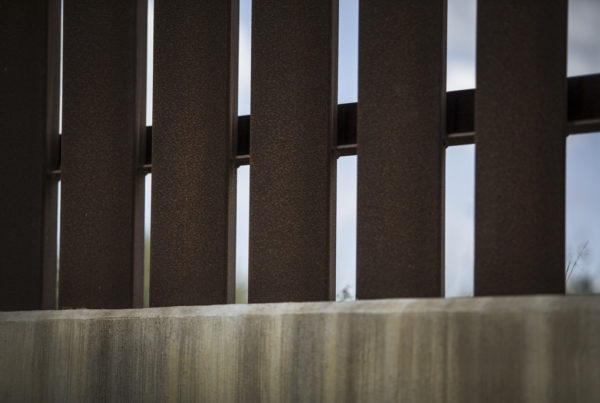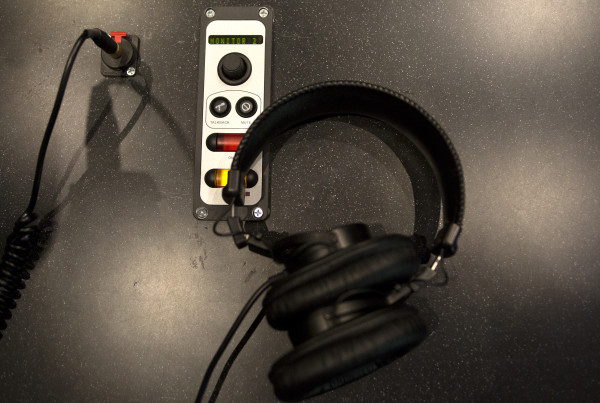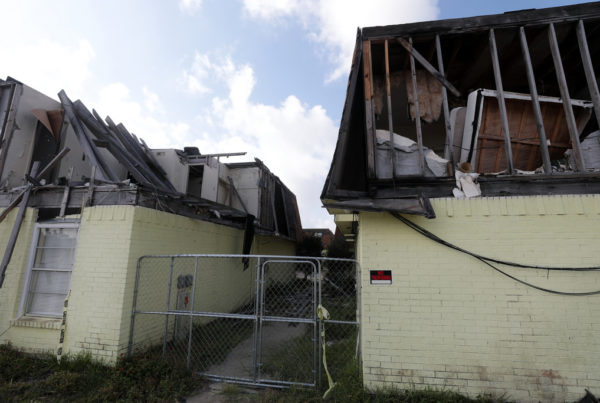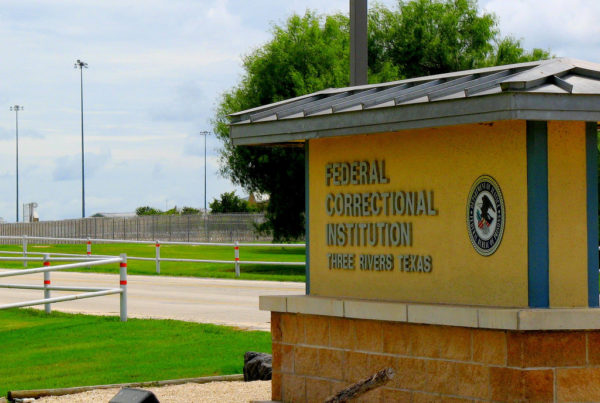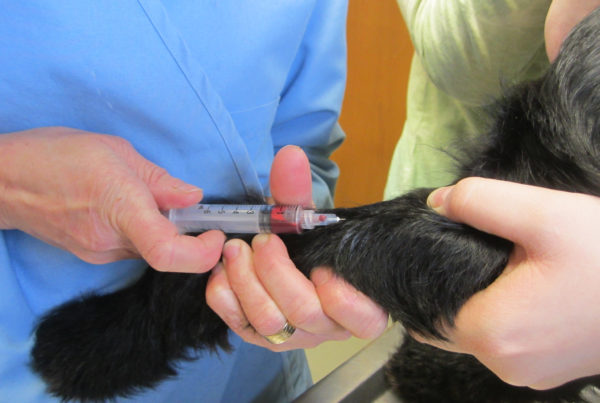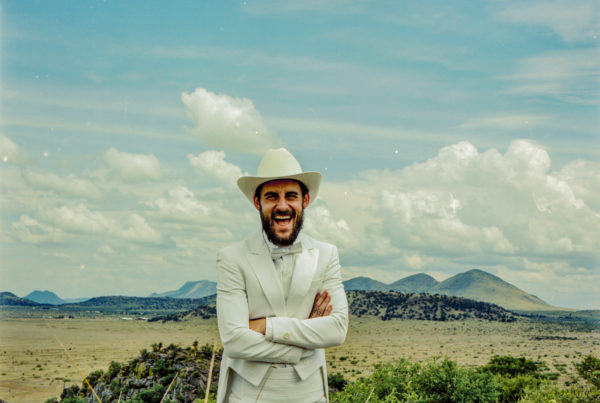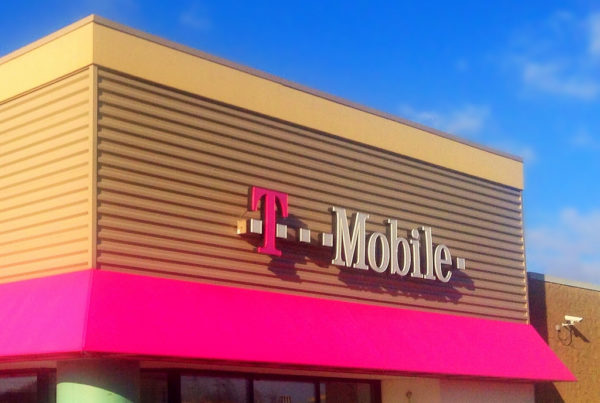A planned liquefied natural gas facility near Brownsville would boost energy export opportunities, but also poses a risk to Texas ocelots.
There was a time when the United States imported a significant share of its natural gas, but those days are gone. Now, there’s more natural gas coming out of Texas than producers know what to do with. A lot of it is wasted – just burned off. Which is why recently, companies have been looking to the Gulf Coast as a place to liquefy and then export natural gas. And one site that’s drawn particular interest is the Port of Brownsville. Texas Standard’s Michael Marks visited the area, and says It’s a valuable piece of South Texas property, both to oil and gas interests, and to wildlife.
Marks says the Annova LNG project is one of three that are proposed to export liquefied natural gas from the Port of Brownsville. It’s expected to take four years to build, with an estimated cost of $4.5 billion. The site will employ 700 people during construction, and 165 personnel will be needed to operate it, once the facility is up and running.
But there are also environmental concerns, and a threat to wildlife.
“Environmentalists have several concerns about these projects – how they could affect air quality, and local fish populations, for example – but they also think the Annova project could affect ocelots,” Marks says.
He says an ocelot is bigger than a housecat, but not as large as a leopard.
“They’re about 20 to 30 pounds, and kinda look like little jaguars,” Marks says. “You used to find them all the way up to southern Arkansas, but as their habitat disappeared, so did they. They like this dense, scrubby, thorny vegetation that’s not good for much but housing ocelots and other wildlife.”
Marks spoke with Boyd Blihovde, who manages a U.S. Fish and Wildlife property called the Laguna Atascosa National Wildlife Refuge. Blihovde said that there are less than 100 ocelots left in the U.S., almost all of them around the refuge he manages. And in order for them to survive long-term, they’re going to have to expand that gene pool.
“Really the only way to keep that genetic diversity in the population is if there’s connection with larger populations. And that is Mexico right now,” Blihovde said.
There are still plenty of ocelots in Mexico, including in protected areas across the Texas border. For years, groups like the Fish and Wildlife Service have worked with landowners to build a continuous corridor of ocelot habitat from Blihovde’s refuge down to the U.S.-Mexico border so that the Texas ocelots could connect with their Mexican counterparts.
But the site where Annova plans to build the LNG terminal happens to be a choke point for this wildlife corridor. It sits between the wildlife refuge and the southern border, which means it has the potential to restrict that corridor and isolate the Texas ocelots
“It could potentially be a road to nowhere if the Annova site was completely developed,” Blihovde said.


